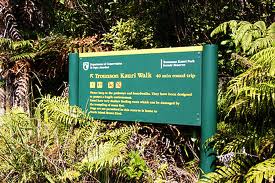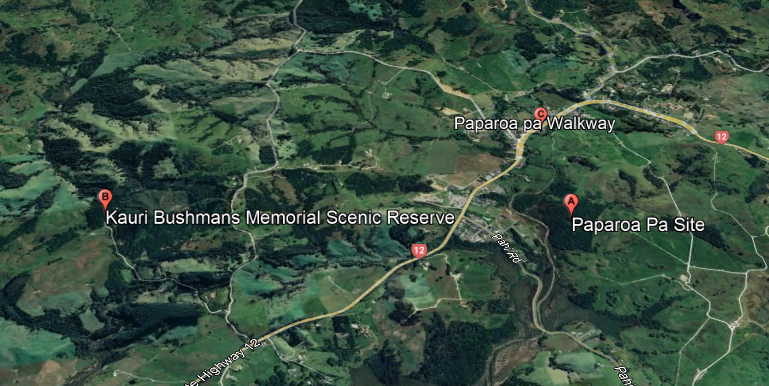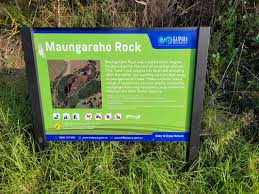
Rātana Church: A Spiritual and Cultural Beacon
The Rātana Church, located in the small settlement of Rātana Pā in the Whanganui region, is one of New Zealand’s most significant religious and cultural landmarks. Founded by the prophet Tahupōtiki Wiremu Rātana in the early 20th century, the church has become a symbol of unity, faith, and Māori identity. Visiting the Rātana Church offers a unique insight into the spiritual and social fabric of Aotearoa, making it a meaningful stop for those interested in New Zealand’s rich cultural heritage.
A Sacred Space with a Rich History
Architectural Marvel: A Unique Design
The Rātana Church is instantly recognizable by its striking white façade, complemented by blue, yellow, and red detailing. The architecture is a blend of traditional Māori and Christian elements, reflecting the church’s mission to unite these two worlds. The star and crescent symbols on the building are iconic, representing the church’s beliefs and its connection to the heavens. This unique design makes the church a visual standout and a testament to its cultural significance. 🌟🏛️
The Rātana Movement: A Journey of Faith and Unity
The Rātana Church was founded in 1925 by Tahupōtiki Wiremu Rātana, who believed he had received a divine mission to unite Māori under one faith and advocate for their rights. The movement quickly gained a large following, becoming a powerful force in both religious and political spheres. Rātana’s teachings emphasized the importance of unity, faith, and social justice, principles that continue to guide the church today. ✝️🕊️
Annual Celebrations: A Time of Gathering
Every year, thousands of followers and visitors gather at Rātana Pā to celebrate the birth of the church’s founder on January 25th. This event, known as Rātana Day, is marked by religious services, cultural performances, and political discussions. It’s a vibrant time of community and reflection, offering a unique opportunity to experience the living traditions of the Rātana faith. 🎉🙏
Cultural and Political Influence
Māori and Political Identity: A Force for Change
The Rātana movement has played a significant role in New Zealand’s political landscape, particularly in advocating for Māori rights. The alliance between the Rātana Church and the Labour Party in the 1930s led to the creation of the “Rātana-Labour” seats, which have been instrumental in advancing Māori representation in Parliament. The church’s influence extends beyond spirituality, making it a cornerstone of Māori political identity. 🗳️👥
Symbol of Unity: Bringing People Together
Rātana Church has always emphasized unity among its followers, regardless of their background. The church’s teachings promote love, peace, and the importance of community, values that resonate deeply in today’s world. This sense of unity is evident in the way the church continues to bring people together, both spiritually and socially. ✨🤝
Preserving Māori Culture: A Living Heritage
The Rātana Church has been a key player in preserving and revitalizing Māori culture. Through its teachings, rituals, and celebrations, the church fosters a strong sense of Māori identity and pride. It serves as a living example of how faith and culture can be intertwined, offering a powerful message about the importance of cultural preservation in modern society. 🌿🌏
Tips for Your Visit
Visiting Hours: The Rātana Church is a place of worship, so it’s important to visit respectfully. Check in advance for visiting hours, especially if you wish to attend a service or event. Sunday services are a great time to experience the community’s faith in action. ⏰🙏
What to Bring: Dress modestly and bring an open mind. If you’re visiting during Rātana Day, be prepared for large crowds and a festive atmosphere. A camera can capture the church’s beautiful architecture, but remember to be respectful when photographing around the grounds. 📸🕶️
Respect the Culture: Remember that the Rātana Church is a sacred space for many. Be mindful of the customs and traditions, and engage with locals if you have questions—they are often happy to share their knowledge and experiences. 🌺🛐
✈️ Plan Your Trip
Book Everything in One Place
Hotels, flights, car rentals and things to do – all in one click.
🏨 Accommodation 🚗 Find a Car Rental✈️Book a Flight
🗺️Book a tour or buy a ticket
We partner with Booking.com and Ticketmaster.co.nz to bring you trusted service and great deals. When you book through our site, we earn a small commission—at no extra cost to you. It’s a simple way to support us while planning your trip.
















































